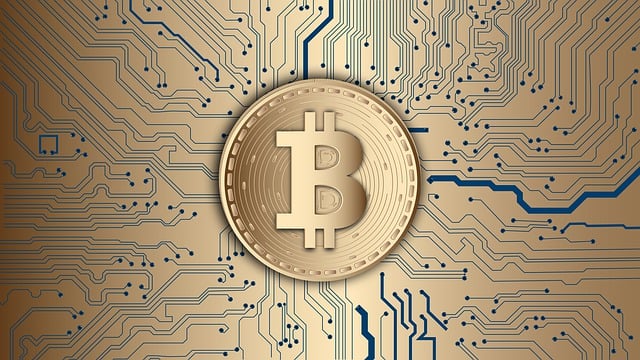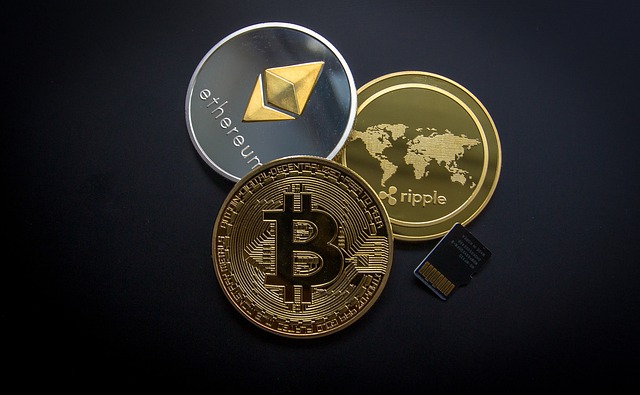Transactions per Second in the Crypto World: An Overview
The crypto industry has witnessed exponential growth in recent years, with cryptocurrencies becoming an integral part of our financial ecosystem. One of the key factors driving this development is the transactions per second (TPS) metric, which measures the speed and efficiency of cryptocurrency transactions. In this article, we will delve into the significance of TPS in the crypto world and its impact on the overall industry.

Understanding Transactions per Second (TPS)
Transactions per second, commonly referred to as TPS, is a crucial performance metric that determines the scalability and usability of a blockchain-based cryptocurrency. It represents the number of transactions a blockchain network can process within a single second.
While TPS can vary significantly across different cryptocurrencies and blockchain networks, it serves as a crucial indicator of a coin's real-world utility. A high TPS value implies faster transaction confirmations and greater network efficiency, making the cryptocurrency more suitable for everyday transactions.
Importance of High TPS
A high TPS rate is vital for the mainstream adoption and success of cryptocurrencies. Traditional financial systems, such as Visa and Mastercard, are capable of handling thousands of transactions per second. As a result, cryptocurrencies must achieve similar or higher TPS rates to compete in the global market.
High TPS offers several benefits to cryptocurrency users:
Current TPS Benchmarks
Several cryptocurrencies and blockchain networks have made significant strides in achieving high TPS rates:
Ethereum
Ethereum, the second-largest cryptocurrency by market capitalization, has been working on scaling solutions to improve its TPS. Ethereum 2.0, the network's upcoming upgrade, aims to increase TPS by using a proof-of-stake consensus mechanism and sharding techniques. It is expected to achieve a TPS of up to 100,000 in the future.
Bitcoin
Bitcoin, the world's first cryptocurrency, currently lags behind in terms of TPS, with a rate of around 7 transactions per second. However, the Lightning Network, a layer-two scaling solution built on top of the Bitcoin blockchain, aims to significantly enhance scalability and increase TPS to millions.
Other Blockchain Projects
Several blockchain projects, such as Ripple (XRP), EOS, and Tron (TRX), have achieved high TPS rates. Ripple's XRP Ledger can handle around 1,500 TPS, while EOS and Tron can process thousands of transactions per second.

Conclusion
Transactions per second (TPS) plays a crucial role in determining the scalability and usability of cryptocurrencies. Higher TPS rates lead to faster transactions, reduced fees, improved user experience, and increased merchant adoption – all essential factors for the widespread acceptance of cryptocurrencies. As blockchain technology evolves, achieving higher TPS rates will be a key focus for developers and blockchain projects.
For further information on the topic of "खेल कर पैसे कमाओ उद्योग: एक रुचिकर इंडस्ट्री," you can visit the following link: खेल कर पैसे कमाओ उद्योग: एक रुचिकर इंडस्ट्री.